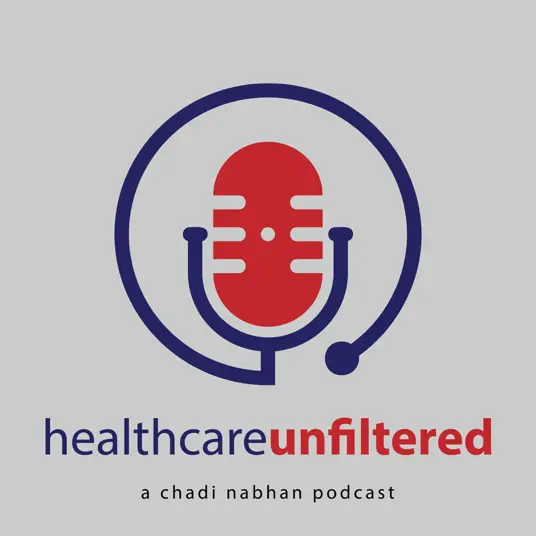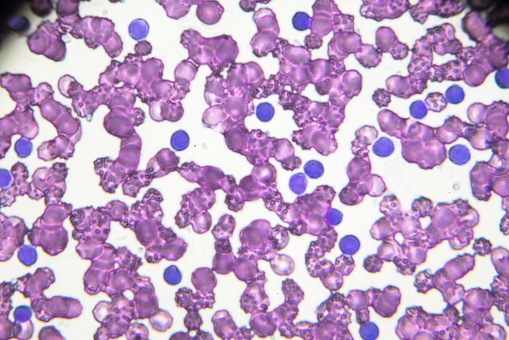Obstructive sleep apnea (OSA) severity has been linked to an increased risk for Alzheimer’s disease (AD) and cognitive decline. OSA occurring during rapid eye movement (REM) sleep is often more severe than during non-REM sleep, but its specific impact on cognition remains unclear. Emerging research also indicates that changes in white matter microstructure may play a role in cognitive impairments associated with OSA.
Advertisement
Rajiv Agarwal discussed a study showing that a finerenone-empagliflozin combo has superior efficacy in CKD and T2D.
Tiny particles in cow colostrum reduced eczema symptoms in mice, pointing to a potential new natural therapy.
Dr. Sammons on RLY-2608 plus fulvestrant in HR+/HER2– mBC with PIK3CA mutations: safety, efficacy, and trial updates.
There are both positives and negatives associated with either testing method.
Richard Furie discusses new data from BLISS-LN supporting the efficacy and safety of belimumab for active proliferative LN.
Study finds racial disparities in IBD care linked to socioeconomic barriers.
Dr. Shatsky weighs DESTINY-Breast09 findings and highlights the need to balance efficacy with long-term quality of life.
MIRCA is a device designed to assess the flexibility of red blood cells of patients with sickle cell disease.
DocWire Content Partners
Powered by DocWire News
The Latest From GI Oncology Now
Suvemcitug, envafolimab, and FOLFIRI may serve as a new second-line treatment option for cold tumors.
KRASG12C inhibitors can have reduced efficacy in patients with alterations in KRAS, EGFR, and other genes.
Complete responders with HCC have prolonged survival and durable disease control even after therapy has been discontinued.
The primary objective of median PFS was significantly longer for patients treated with 177Lu-edotreotide.
The safety profile of the combination was consistent with known profiles, and no new safety findings were observed.
Older patients in their 70s with extrahepatic CCA have a higher rate of choledocholithiasis.
The Latest From Heme Today
MIRCA is a device designed to assess the flexibility of red blood cells of patients with sickle cell disease.
The study will assess the overall response to olutasidenib plus azacitidine in higher-risk MDS, CMML, and advanced MPNs.
In a study, patients with T2DM and MGUS who used GLP-1 agonists were observed over 10 years to have reduced MM rates.
Arm D of the SEQUOIA trial evaluated the combo in patients with either del(17p) or TP53 mutation, both mutations, or neither.
The results are reported from an international cohort and support adding the agent to plasma exchange and immunosuppression.
MANIFEST-2 compares pelabresib plus ruxolitinib with placebo plus ruxolitinib for JAK-inhibitor-naive disease.





































 © 2025 Mashup Media, LLC, a Formedics Property. All Rights Reserved.
© 2025 Mashup Media, LLC, a Formedics Property. All Rights Reserved.